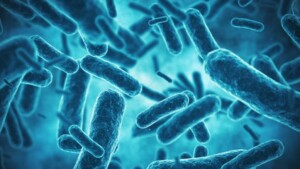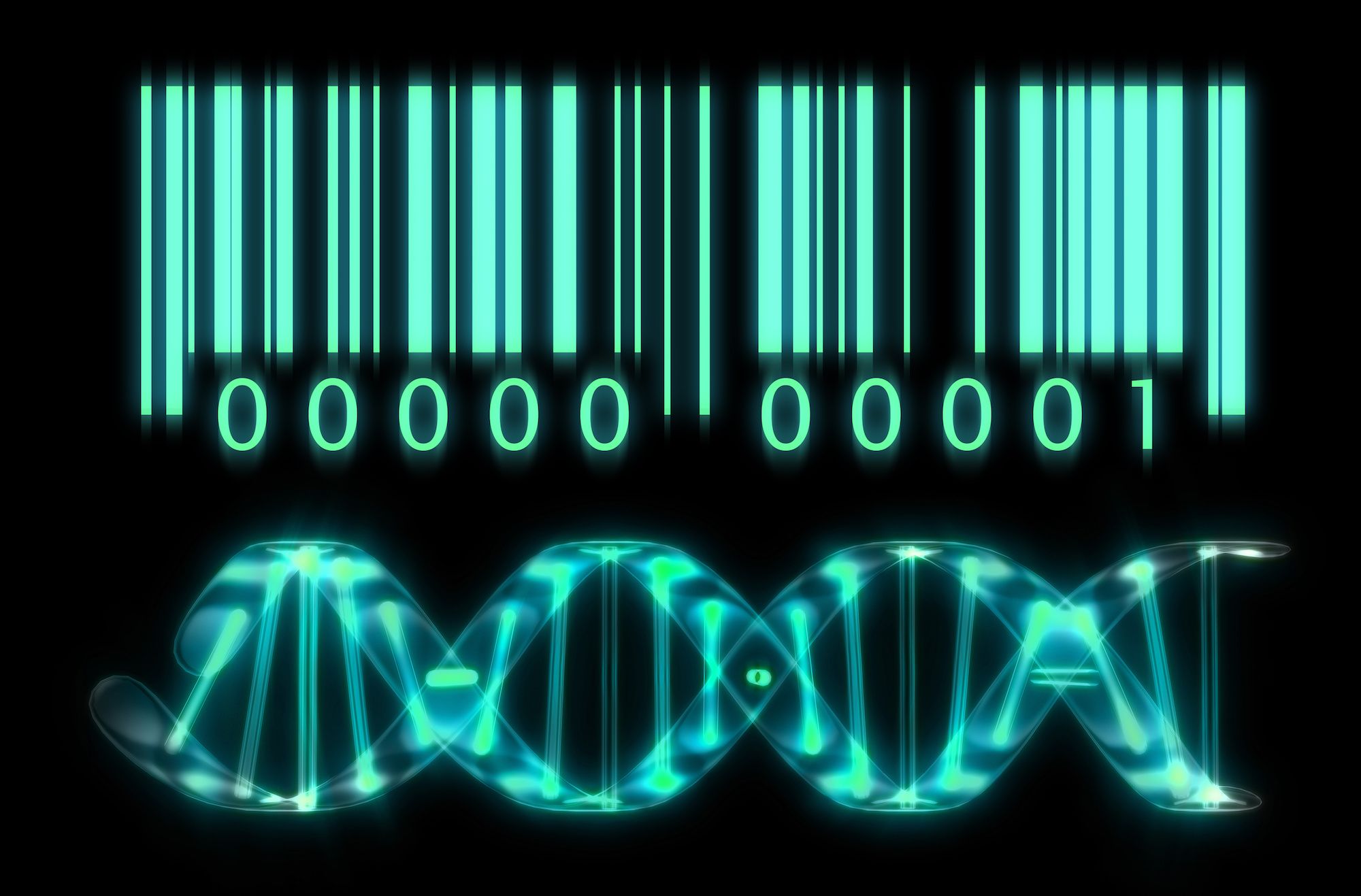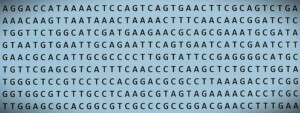Databases of different biological data, DNA, RNA, Protein, metabolome, ….
Microbiome databases are collections of data on microorganism. These are repositories that involve the sequencing resource and metadata of ecological community samples of microorganisms, including both host-associated and environmental microbes.…
DNA barcoding is a taxonomic method, that uses one or more standardized short genetic markers in an organism’s DNA to identify it as belonging to a particular species. Through this…
Exosomes are membranous nanovesicles of endocytic origin released by most cell types from diverse organisms. Exosomes are present in many and perhaps all biological fluids, including blood, urine, and cultured…
Metabolome databases contain data pertaining to different species and different tissues and fluids. An organism's metabolome is largely defined by its genome, and different tissues, different organs, and biofluids associated…
Biological Databases Bioinformatics databases or biological databases are computerized and organized storehouses of biological information that provides a standardized way for searching and updating data. They can be defined as…
The biological information of proteins is available as sequences and structures. Sequences are represented in a single dimension whereas the structure contains the three-dimensional data of sequences. Protein databases are…
The following are RNA databases freely accessible online. miRBase database: a searchable database of published miRNA sequences and annotation. miRDB is an online database for miRNA target prediction and…
DNA databases, also known as DNA databanks, are stored sets of genetic profiles that can be used for various purposes. These databases may be public or private. They can be…


